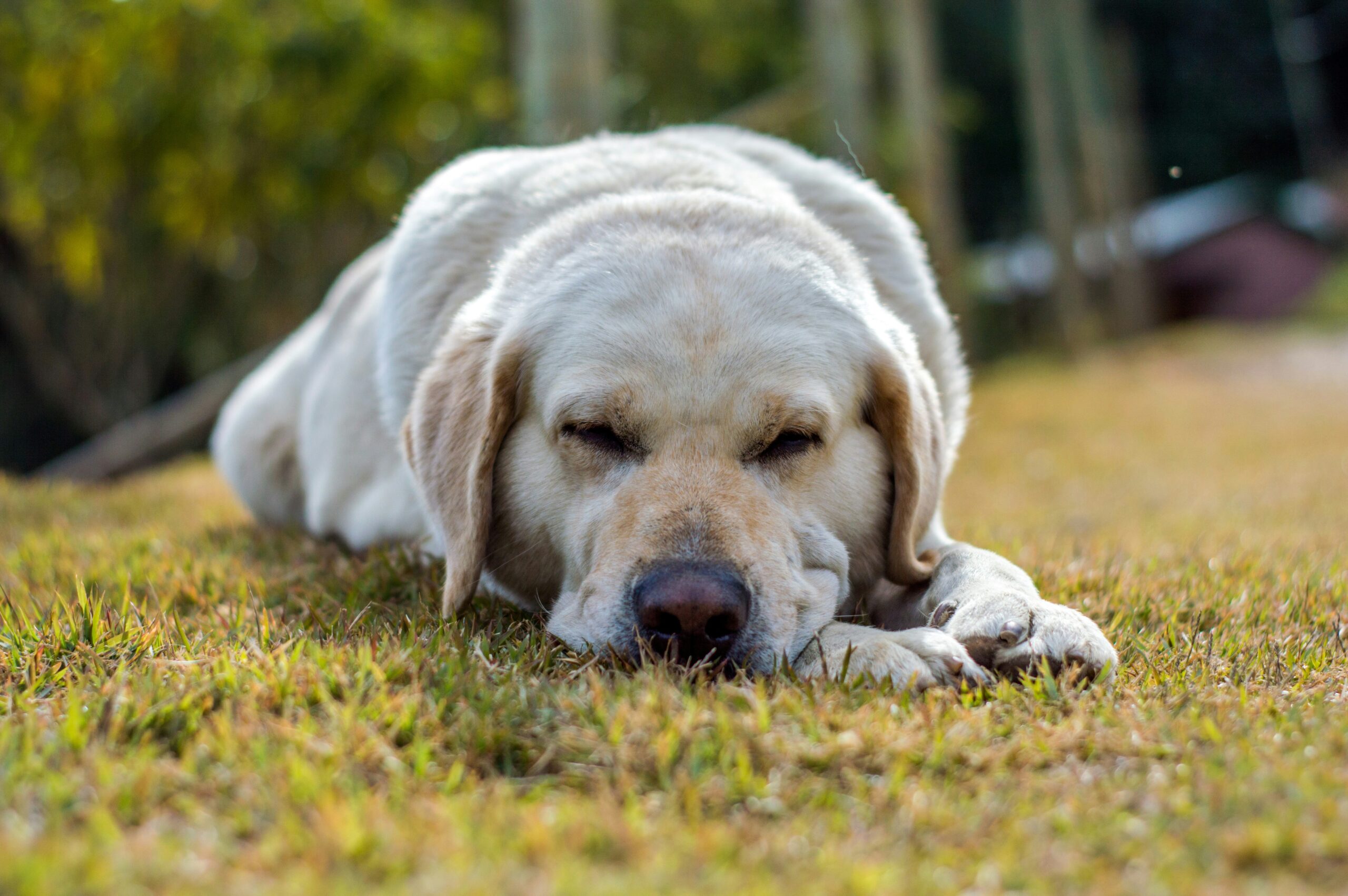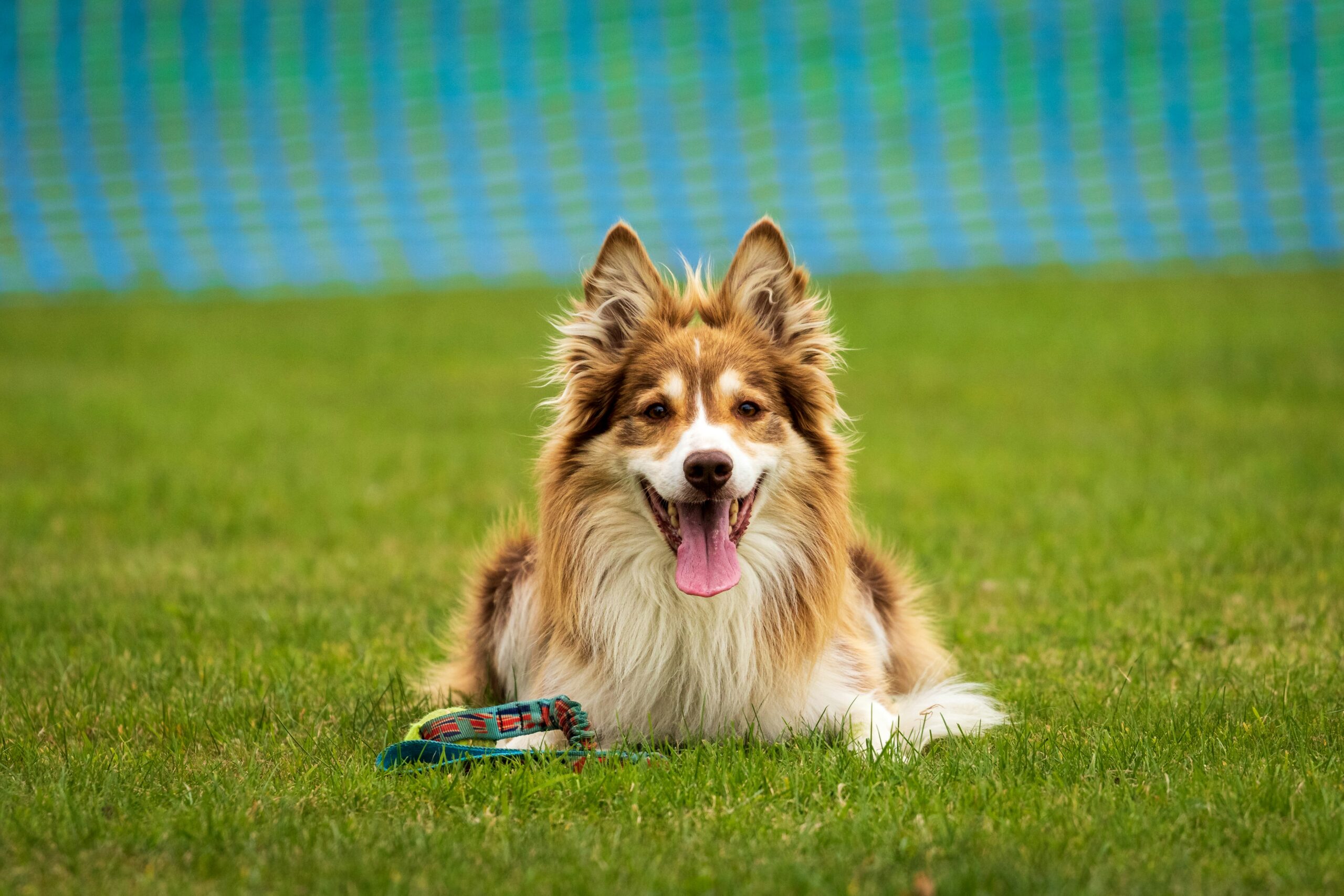Understanding Your Pet’s Needs
When designing a pet-friendly garden, it is essential to first comprehend the specific needs of your pets. Different animals have distinct requirements that must be taken into account to create a safe and enjoyable outdoor environment. For instance, dogs typically enjoy open spaces where they can run and play, while cats may prefer elevated areas and more secluded spots for resting and exploration.
Shaded areas are crucial for all pets as they help to prevent overheating, particularly during warmer months. Providing shade can be as simple as planting large trees or using structures like pergolas or awnings that offer relief from direct sunlight. Additionally, it is vital to ensure that fresh water is readily accessible. Water features such as a small pond can enhance the beauty of your garden while serving as a practical solution for hydration. Alternatively, providing a pet-friendly watering station can ensure your furry friends stay hydrated during their outdoor escapades.
Safe pathways are also a consideration when designing your garden. Pets, especially energetic ones, can be prone to accidental injuries if pathways are not well-defined or if there are obstacles in their way. Creating designated walking areas using gravel, mulch, or pavers can guide their movements and help avoid damage to delicate plants. Furthermore, the choice of plants plays a significant role in a pet-friendly garden. Avoiding toxic plants and opting for non-harmful alternatives is essential in safeguarding your pets’ health. Understanding the behaviors of your pets will influence the layout and design of your garden, ultimately contributing to a harmonious outdoor space where they can thrive.
Choosing Pet-Safe Plants
Creating a pet-friendly garden begins with selecting the right plants. It is essential to choose plants that are non-toxic to your furry companions to ensure their safety while still maintaining a beautiful outdoor space. Many common household and garden plants are safe for pets, providing both aesthetic appeal and peace of mind.
Examples of pet-safe plants include the popular spider plant, which is not only resilient but also helps purify the air. Other options are Boston ferns, which thrive in shaded areas, and bamboo palms, known for their ability to flourish indoors as well as outdoors. African violets and petunias also make good choices due to their non-toxic nature, adding vibrant colors to your garden. Furthermore, herbs such as basil, rosemary, and parsley are safe for pets and can also enhance your culinary experiences.
Conversely, it is vital to avoid certain plants that can be harmful to pets. Among those to steer clear of are lilies, which are particularly toxic to cats, and azaleas, which can cause gastrointestinal distress in dogs. Oleander and sago palm are other frequently encountered plants that are extremely poisonous to both dogs and cats. Recognizing these hazardous options can be crucial for preventing accidental ingestion.
In designing your garden, consider mixing pet-safe plants with natural barriers, such as decorative rocks or fences, to provide designated areas for your pets. This way, you can protect both your plants and your animals. Additionally, educating yourself on potential plant toxicity can aid in maintaining a safe environment for your pets, as well as helping you make informed choices for future plant selections.
Ultimately, creating a pet-friendly garden encourages a harmonious interaction between nature and your beloved pets, allowing them to explore their surroundings safely. With careful selection and design, you can ensure your garden remains a secure haven for all creatures.
Designing Functional Outdoor Spaces
When creating a pet-friendly garden, the layout and design are pivotal in ensuring a safe and enjoyable environment for our four-legged friends. One crucial aspect to consider is the construction of durable pathways. Opting for materials such as gravel, flagstones, or pavers not only provides a solid surface but also reduces mud and wear on both pets and plants. These durable materials can withstand the wear and tear from active pets, ensuring longevity in your garden’s design.
Designating specific play areas is another essential step. These spaces can serve as designated zones where pets can run, play, and explore without causing disruption to the rest of the garden. Consider incorporating elements such as pet-friendly turf or sandboxes that can provide a soft surface for pets while keeping the surrounding plants protected. Additionally, using low hedges or barriers can help define these areas, ensuring pets have the freedom to enjoy their surroundings while maintaining the integrity of the garden layout.
Moreover, incorporating visual and sensory stimulation is key to creating an engaging environment for pets. This can be achieved by utilizing colorful plants, varying textures, and sounds, such as wind chimes or bubbling water features. Not only does this enrich the outdoor experience for pets, but it also enhances the design aesthetic of the garden. However, it is vital to select pet-safe plants to prevent any potential toxicity.
Finally, the installation of secure fences and barriers is imperative. Reliable fencing solutions can prevent pets from wandering off and encountering danger, while barriers can help protect delicate plants. By selecting design solutions that prioritize safety and functionality, garden owners can ensure a harmonious coexistence between beautiful landscaping and a pet-friendly environment.
Maintenance Tips for a Pet-Friendly Garden
Maintaining a pet-friendly garden requires a consistent approach to ensure both plant health and pet safety. One of the most essential practices is to conduct regular checks for any signs of toxic plant growth. While many plants are safe for pets, it is critical to stay informed about those that aren’t. Familiarize yourself with common toxic plants, and periodically inspect your garden for any invasive species that might pose a risk to your furry friends.
In addition to monitoring plant safety, keeping your garden tidy is vital. Regularly clear away debris such as fallen leaves, twigs, or any discarded items that could become a choking hazard for pets. Not only does this promote a healthier environment for your plants, but a clean space also encourages your pets to explore freely without risking injury from hidden dangers. Additionally, consider the layout of your garden; areas that are not easily visible should undergo frequent inspections.
When it comes to gardening products, be vigilant in choosing pet-safe alternatives. Many chemical fertilizers and pesticides can be harmful to pets if ingested or absorbed through their skin. Instead, opt for organic or natural solutions that effectively nourish the plants without posing a risk to your pets. Even when using safe products, ensure they are applied during times when pets are not likely to be in the garden, allowing for adequate drying or absorption time.
Seasonal considerations also play a significant role in garden maintenance. As plants grow and pets change, so should your maintenance routines. During the spring, new plants may require more attention, whereas summer may necessitate more frequent watering. Observing how your pets interact with the garden can help you adjust your care strategies accordingly. With a focus on these maintenance practices, you can create a flourishing outdoor space that continues to be safe and enjoyable for your pets.


